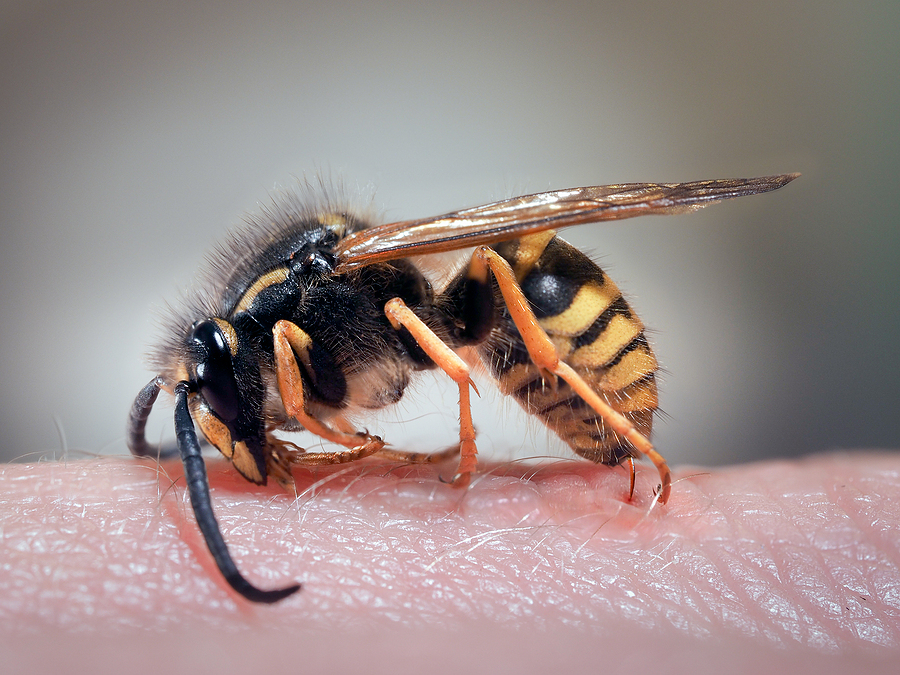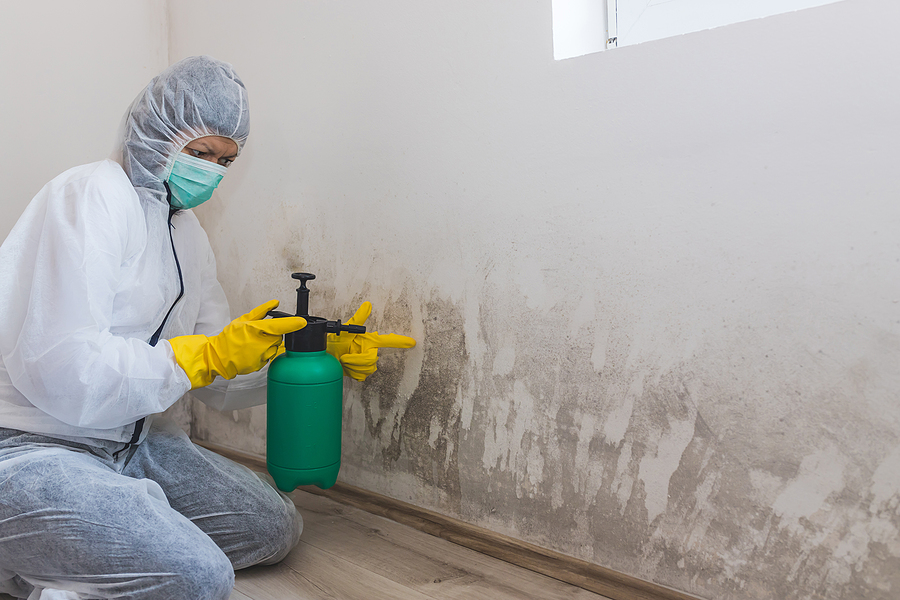
What is allergen immunotherapy?
Allergen immunotherapy is a innovative treatment approach for individuals struggling with allergies. The goal is to help individuals better tolerate allergens and improve their quality of life by minimizing allergic reactions. It involves exposing the person to small, gradually increasing amounts of specific allergens to desensitize the immune system and promote allergy relief. By doing so, the immune system becomes less reactive to these allergens over time, leading to a reduction in allergy symptoms. Immunotherapy can prevent new allergies and asthma from developing and has a lasting beneficial effect, well after therapy has been completed.
Allergy Relief with Immunotherapy
Common allergies treated with immunotherapy include:

Hay Fever (Allergic Rhinitis):
Immunotherapy is often used to treat seasonal allergies triggered
by pollen from grasses, trees, or weeds.

Allergic Asthma:
Individuals with asthma triggered by allergens, such as pollen, dust mites, or
pet dander, can get lasting allergy relief and benefit from immunotherapy to reduce asthma symptoms.

Insect Sting Allergies:
Immunotherapy is used for individuals who have experienced severe
allergic reactions to insect stings, such as those from bees or wasps.

Pet Allergies:
People allergic to animal dander (from cats, dogs, or other pets) may find allergy relief
through immunotherapy.

Dust Mite Allergies:
Immunotherapy can be effective in treating allergies caused by exposure to
dust mites commonly found in household dust.

Mold Allergies:
Individuals allergic to mold spores may undergo immunotherapy to reduce their
sensitivity to mold and alleviate symptoms.
The decision to pursue this treatment should be made in consultation with an allergist based on
a thorough assessment of the specific allergy and medical history.
Types of Immunotherapy

Subcutaneous (SCIT):
SCIT is commonly known as ‘allergy shots’, where small amounts of the specific allergens are
injected just beneath the skin, usually of the upper arm. This approach is currently available for
environmental allergies and insect sting allergies. The injections are given in regular intervals
(usually weekly) in an allergist’s office, for an extended period of time (usually 3-5 years).

Sublingual (SLIT):
SLIT is a newer treatment method where small amounts of specific allergens, like pollen or dust
mites, are placed under the tongue in the form of drops or tablets. Unlike injections, sublingual
immunotherapy can be self-administered at home after an initial assessment by an allergist.
Sublingual immunotherapy is taken daily, for an extended period of time (usually 3-5 years) andcurrently used for environmental allergies. SLIT can offer a convenient and effective alternative
to traditional allergy shots.

Intralymphatic Immunotherapy:
Intralymphatic immunotherapy is the newest form of allergen immunotherapy and involves injecting allergens directly into
the lymph nodes, usually in the groin area under ultrasound guidance, to induce immune system
tolerance. It is gaining favor quickly as it only requires three total injections, spaced 1 month
apart, to achieve the same long term effect as years of SLIT or SCIT may require.
